Antarctica’s “Doomsday Glacier” Has Miles of Ocean Water Rushing Beneath It as It Melts Faster Than Scientists Estimated
Scientists have discovered that miles of ocean water are running beneath Antarctica’s “Doomsday Glacier”, which could mean that the massive glacier could be melting at a much faster rate than what was initially estimated.
This Doomsday Glacier is the world’s widest glacier, as it’s about the size of Florida. If it fully collapses and melts, scientists warn that it could make sea levels rise astronomically.
The Doomsday Glacier
The Doomsday Glacier is known as the Thwaites Glacier and is located in West Antarctica, a continent that is increasingly being harmed by climate change.
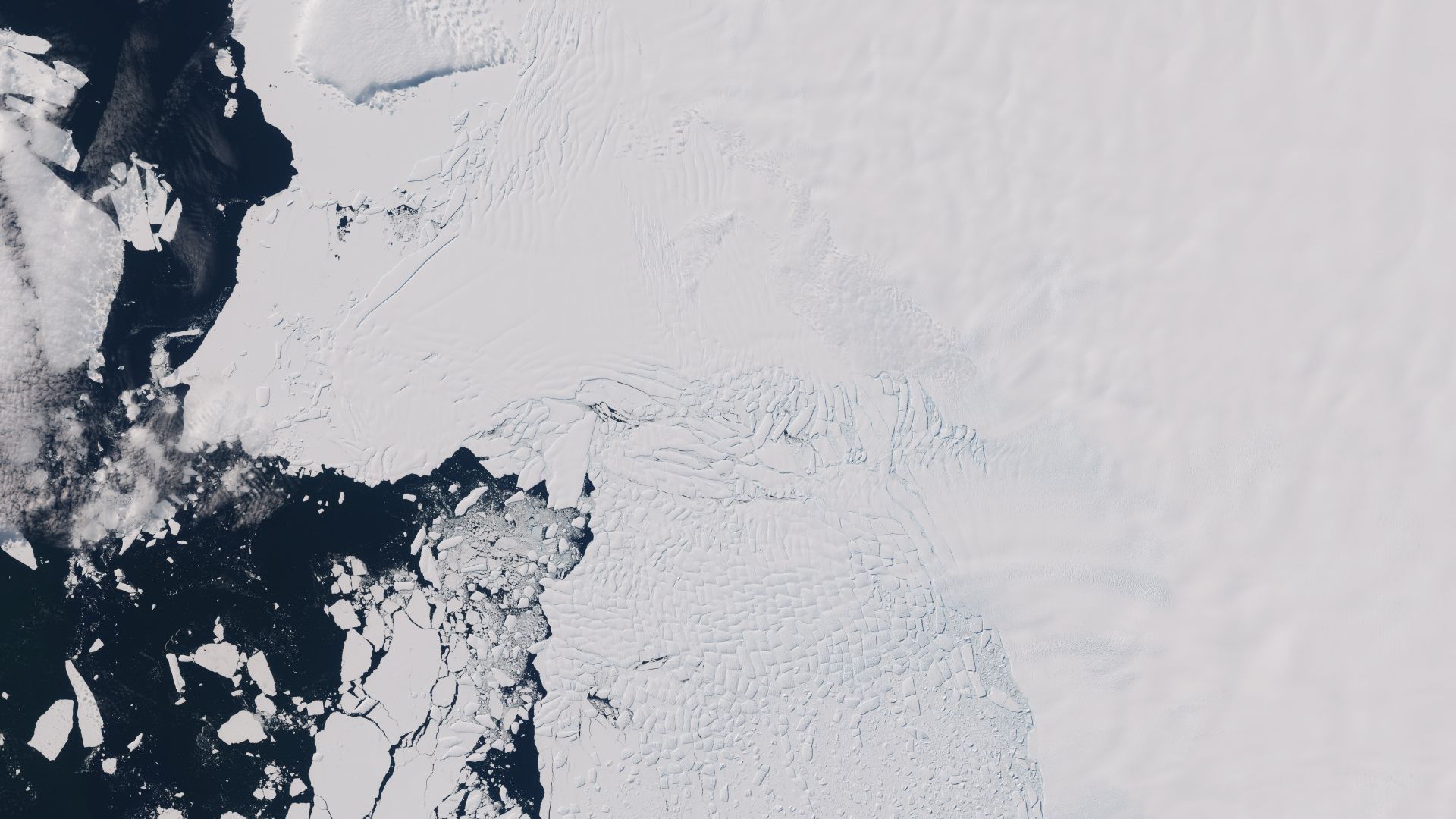
Source: Contains modified Copernicus Sentinel data 2019/Wikimedia Commons
Thwaites may be known as the world’s largest glacier, but it’s also considered the most unstable and vulnerable glacier in Antarctica.
The Melting of the Thwaites Glacier
Thwaites is considered highly vulnerable to climate change because of how it is positioned. The glacier sits on land that slopes down.
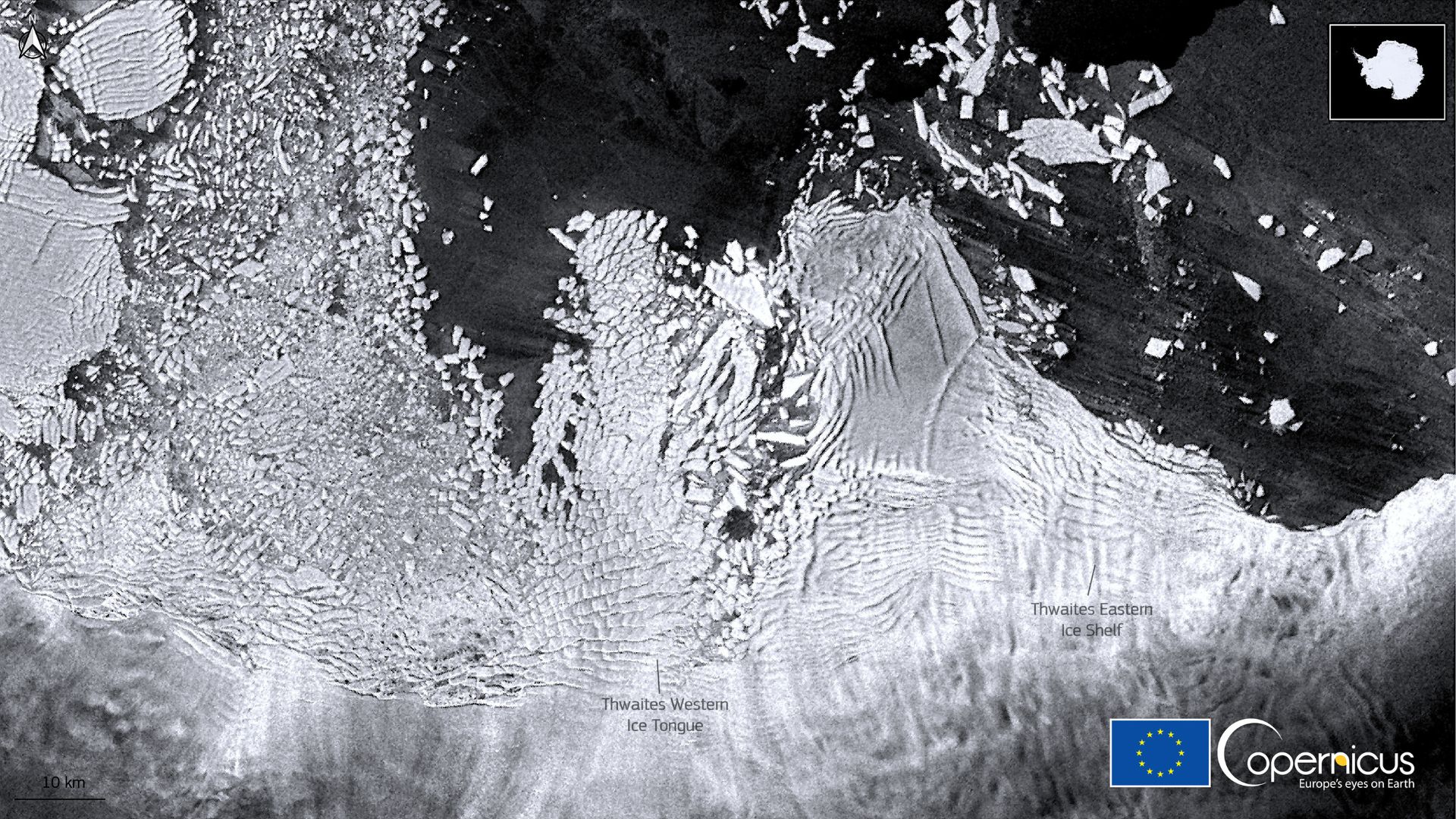
Source: Contains modified Copernicus Sentinel data 2021/Wikimedia Commons
This slope allows ocean water to hit it — and slowly, this water eats away the ice on the glacier. This has caused scientists to worry that if it continues to melt and eventually collapse, it could cause sea levels to rise to catastrophic levels.
A New Look at the Doomsday Glacier
Now, a study has uncovered new — and potentially worrying — information about the Doomsday Glacier. According to this research, there are miles of ocean water gushing underneath the glacier.
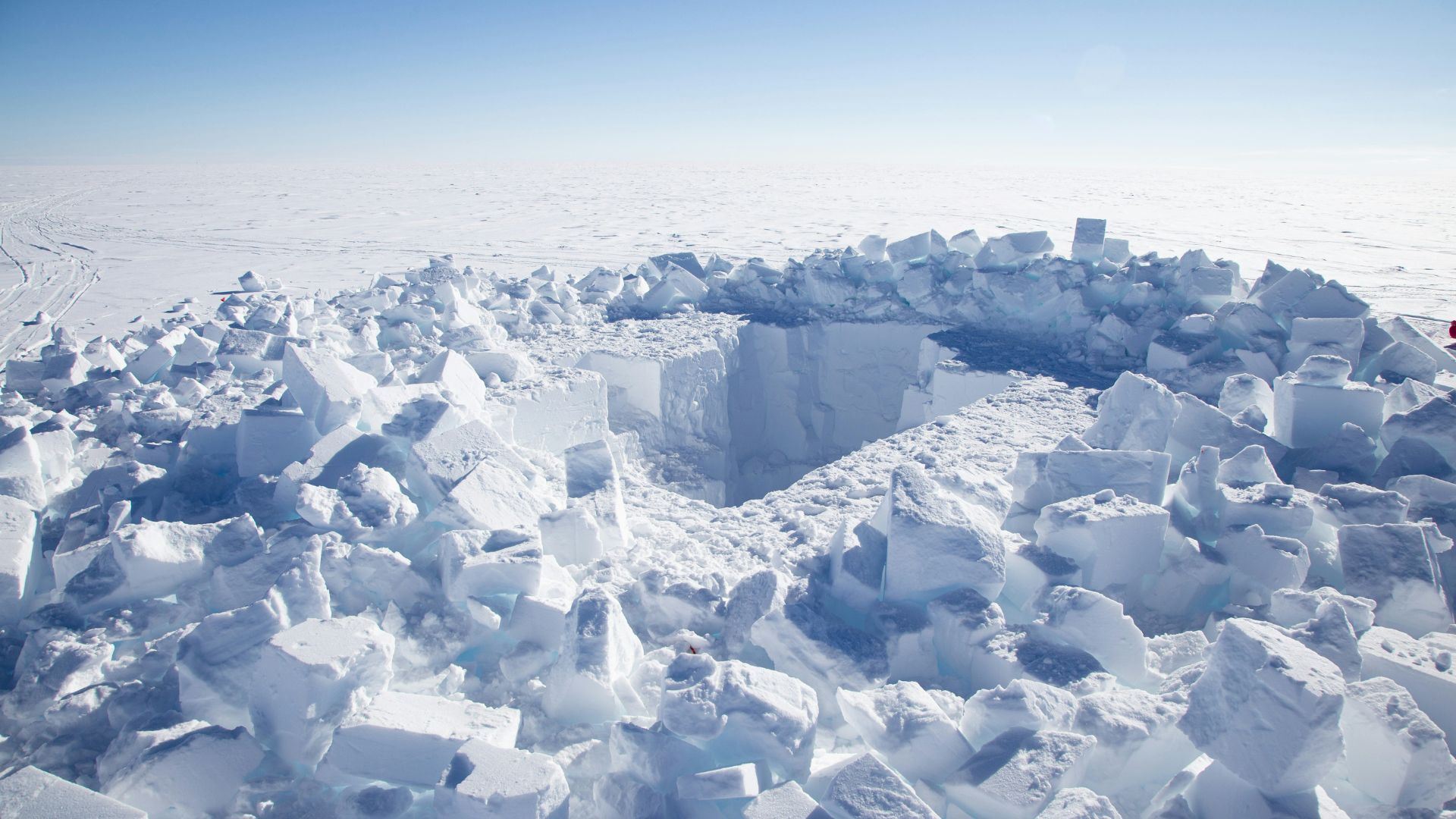
Source: Paul Summers/Unsplash
A team of scientists was able to discover this remarkable information by conducting an X-ray on the glacier by using high-resolution satellite radar data.
Finding a Grounding Line
To better understand Thwaites, this team looked at the glacier’s radar data for almost a year. They built what they say is the glacier’s “grounding line”, a key area of the glacier that shows where it rises from the seabed and fully becomes a floating shelf of ice.
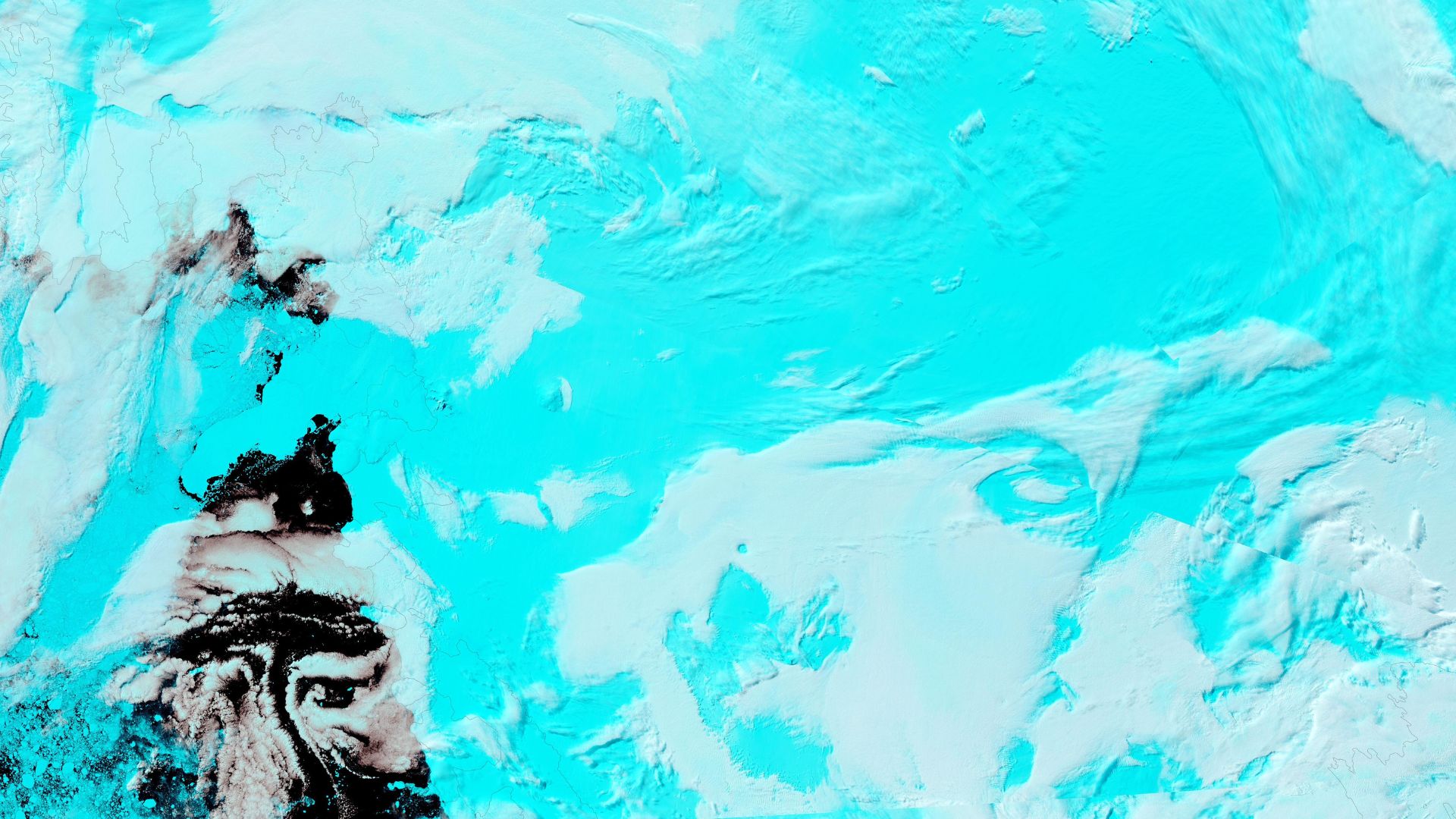
Source: MODIS Land Rapid Response Team, NASA GSFC/Wikimedia Commons
By understanding grounding lines, scientists can understand how stable these ice sheets are. As Thwaites has long been considered a vulnerable glacier, this grounding line has been incredibly difficult to understand and study — until now.
The Discovery of Seawater
By analyzing this data, researchers were able to see that miles of seawater pushes beneath Thwaites. This even makes the glacier’s surface move up a few centimeters.
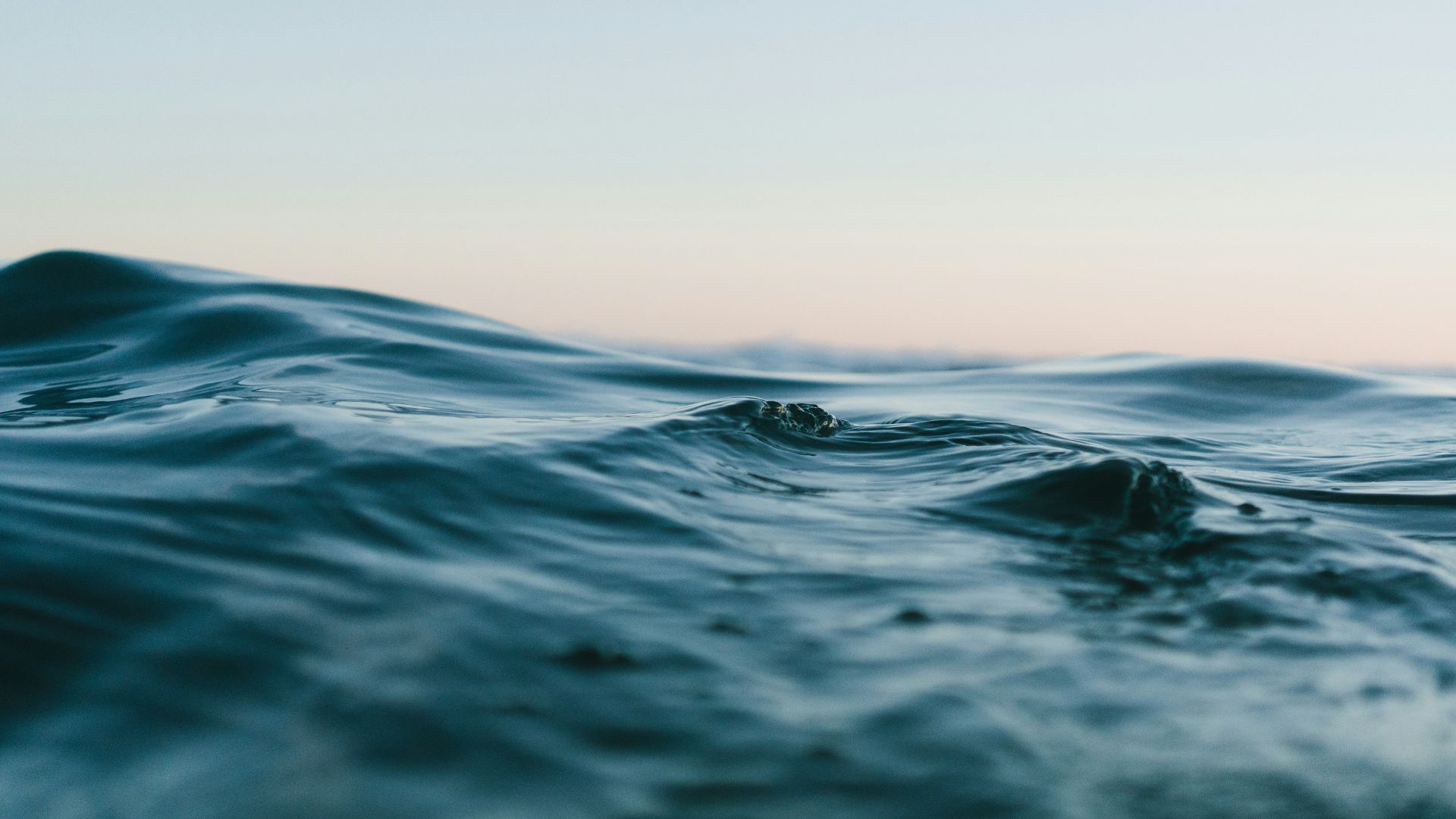
Source: Matt Hardy/Unsplash
Scientists have also noted that seawater can increase the melting of glaciers at a fast rate. Therefore, Thwaites could be melting at a faster rate than what many initially thought.
A New Discovery?
Some scientists have already wondered how long this seawater has been running underneath Thwaites. After all, while this is a new discovery to us, this could have been happening underneath Thwaites for a long time.
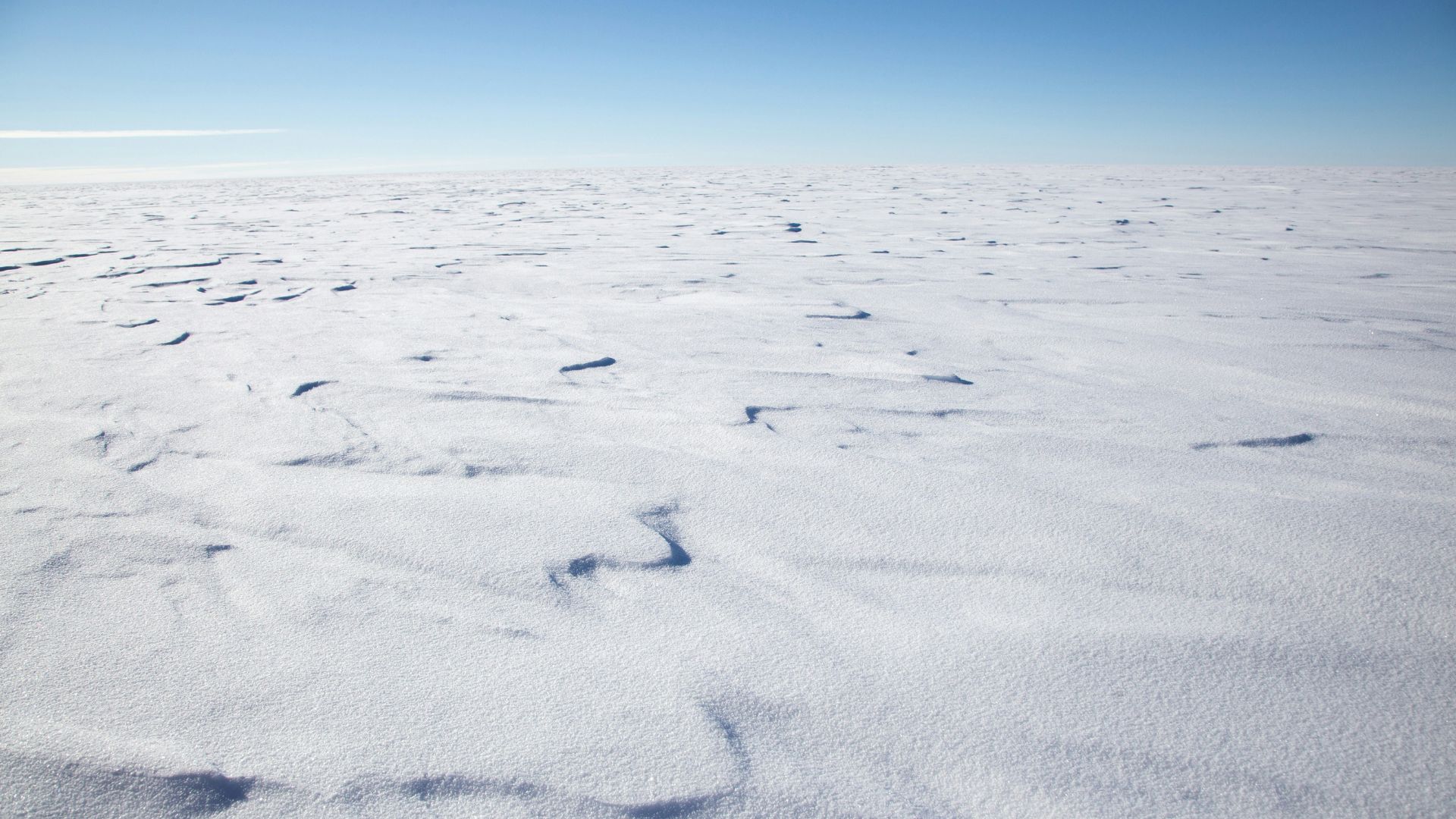
Source: Paul Summers/Unsplash
James Smith, a marine geologist at the British Antarctic Survey, brought this up. However, Smith said, “Either way, it’s clearly an important process that needs to be incorporated into ice sheet models.”
Understanding Other Glaciers
This new understanding of Thwaites could also help other scientists better understand how other glaciers could melt over time. Ted Scambos, a glaciologist at the University of Colorado Boulder, referenced this.
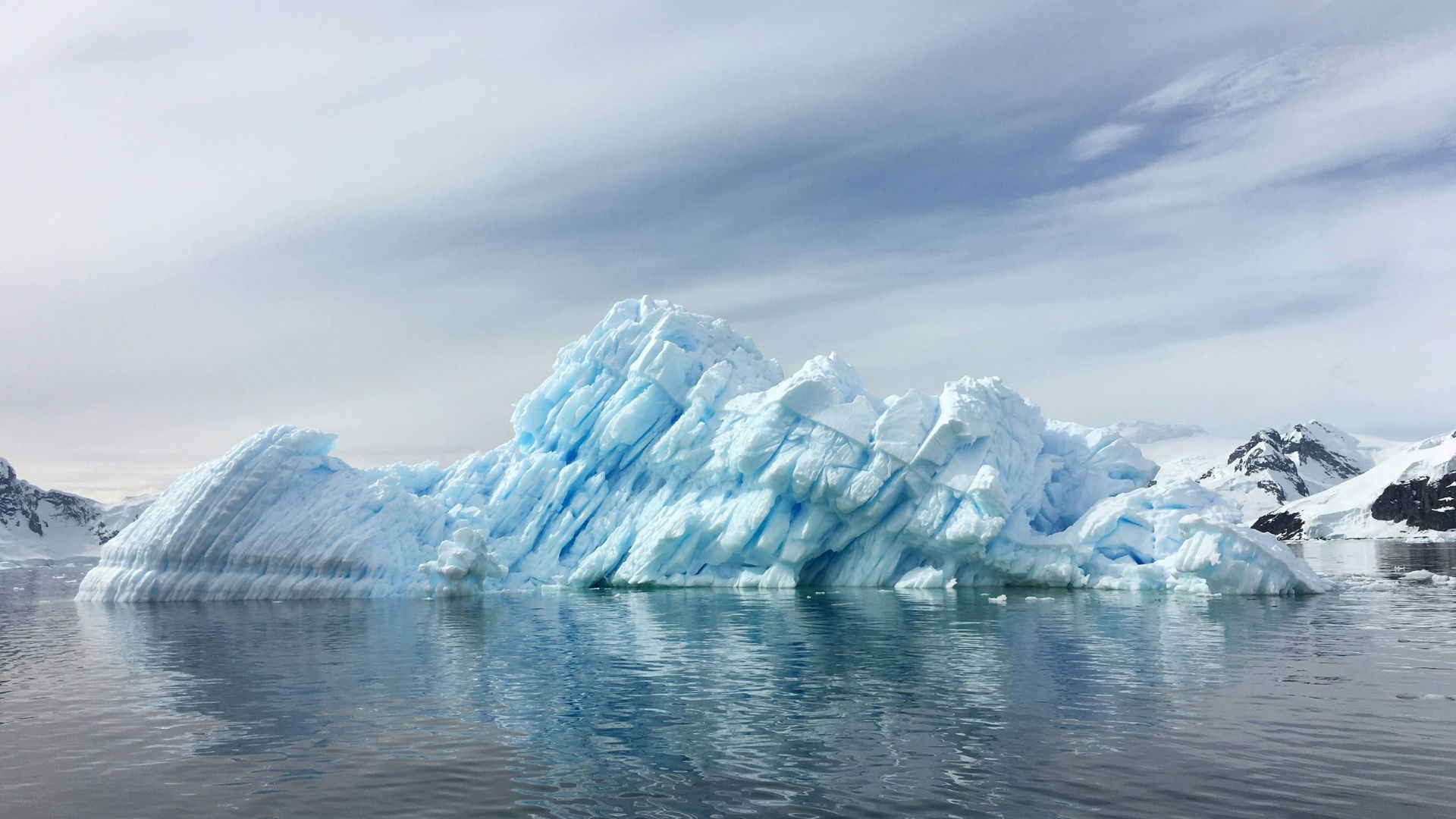
Source: Cassie Matias/Unsplash
He explained, “This finding gives a process that, as yet, is not factored into models.” Scambos further added that “this could speed up the pace of ice loss in our forecasts.”
A Changing Antarctica
This study also highlights yet another way that Antarctica is changing, thanks to climate change.
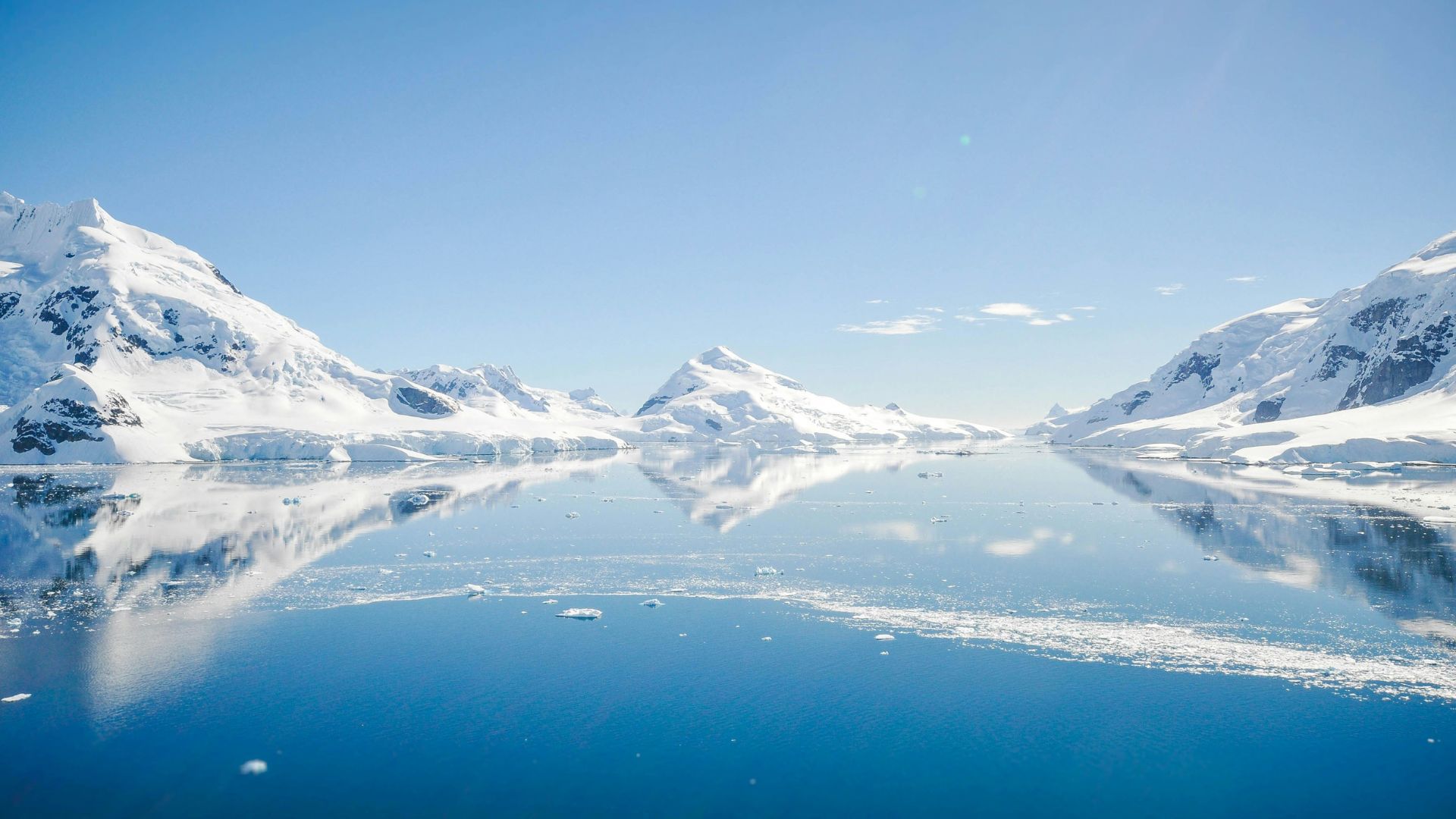
Source: henrique setim/Unsplash
Just last year, researchers discovered that there are now record low levels of sea ice that surround Antarctica, likely because of rising temperatures and sea levels.
The Future of Thwaites
This discovery has also made many scientists worry about what the future of the Doomsday Glacier holds. Researchers have long stated that the melting of this giant glacier would be detrimental to people around the world, as it would likely raise the sea levels.
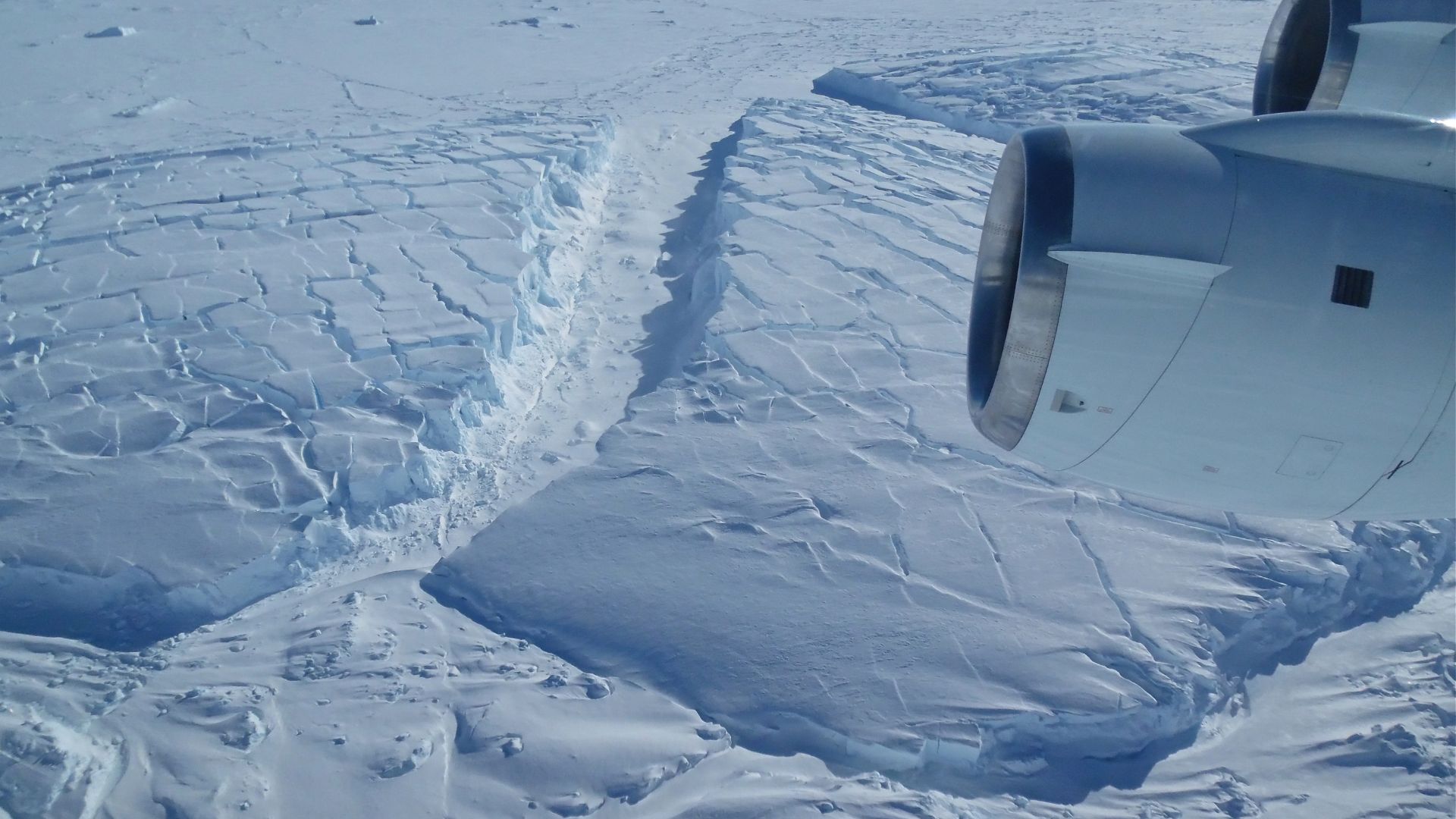
Source: NASA ICE/Wikimedia Commons
Already, Thwaites’ melting contributes to about 4% of our recent global sea level rises. If the glacier continues to melt at an exceedingly fast rate, this percentage will likely increase.
What Happens if the Doomsday Glacier Melts?
Scientists believe that if Thwaites melts, the sea levels around the world could rise to catastrophic levels that would harm humans.
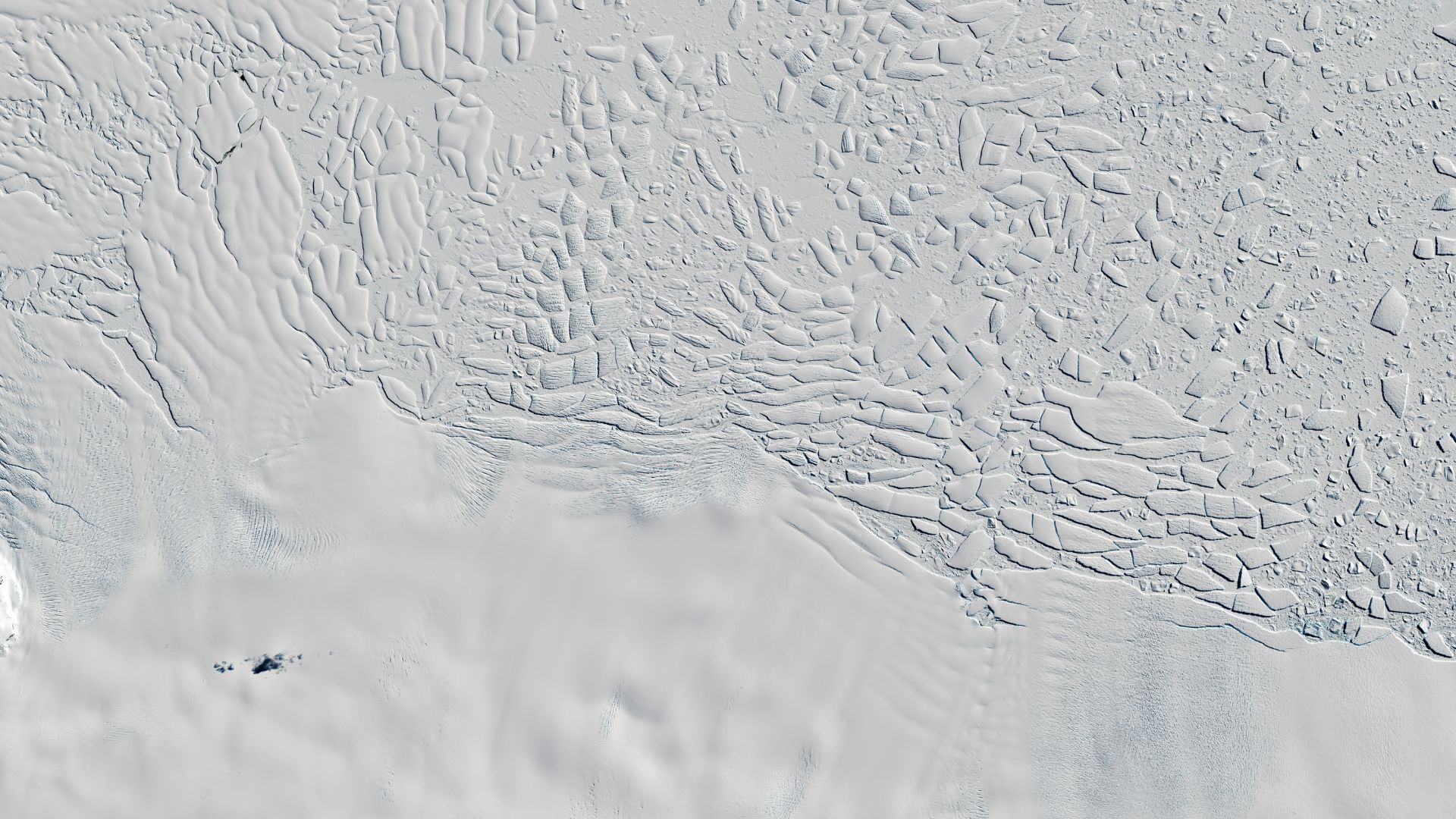
Source: Contains modified Copernicus Sentinel data 2020/Wikimedia Commons
Currently, Thwaites has enough ice that would raise current sea levels by more than two feet. However, the Doomsday Glacier is also a natural dam to other ice in this area of West Antarctica.
A Huge Rise in Sea Levels
Therefore, if Thwaites completely collapses and melts, then it would no longer be able to serve as a natural dam to West Antarctica.
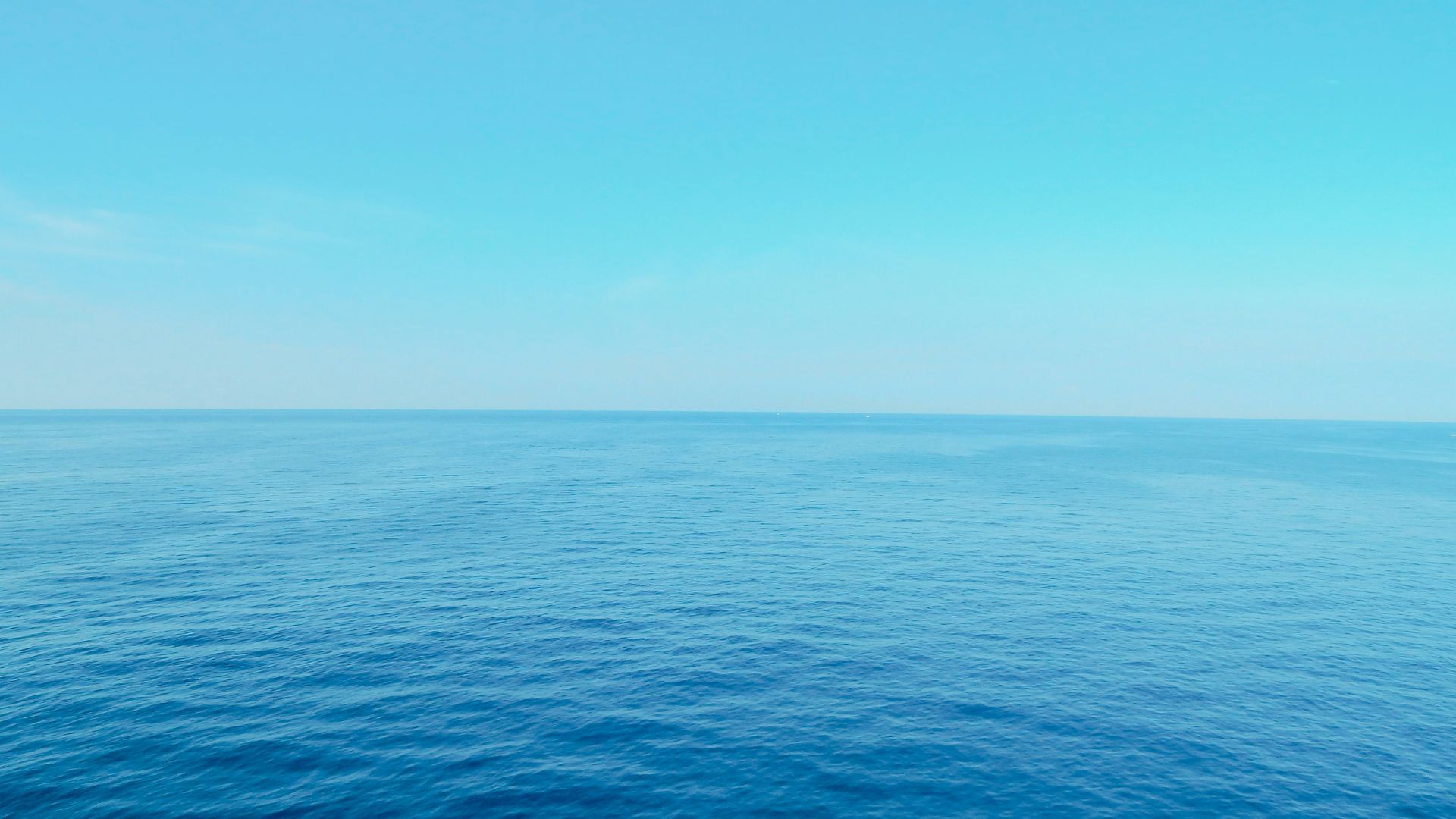
Source: Sarah Brown/Unsplash
This could lead to ocean levels rising by as much as 10 feet. This huge rise would lead to many coastal towns and communities likely being destroyed.
